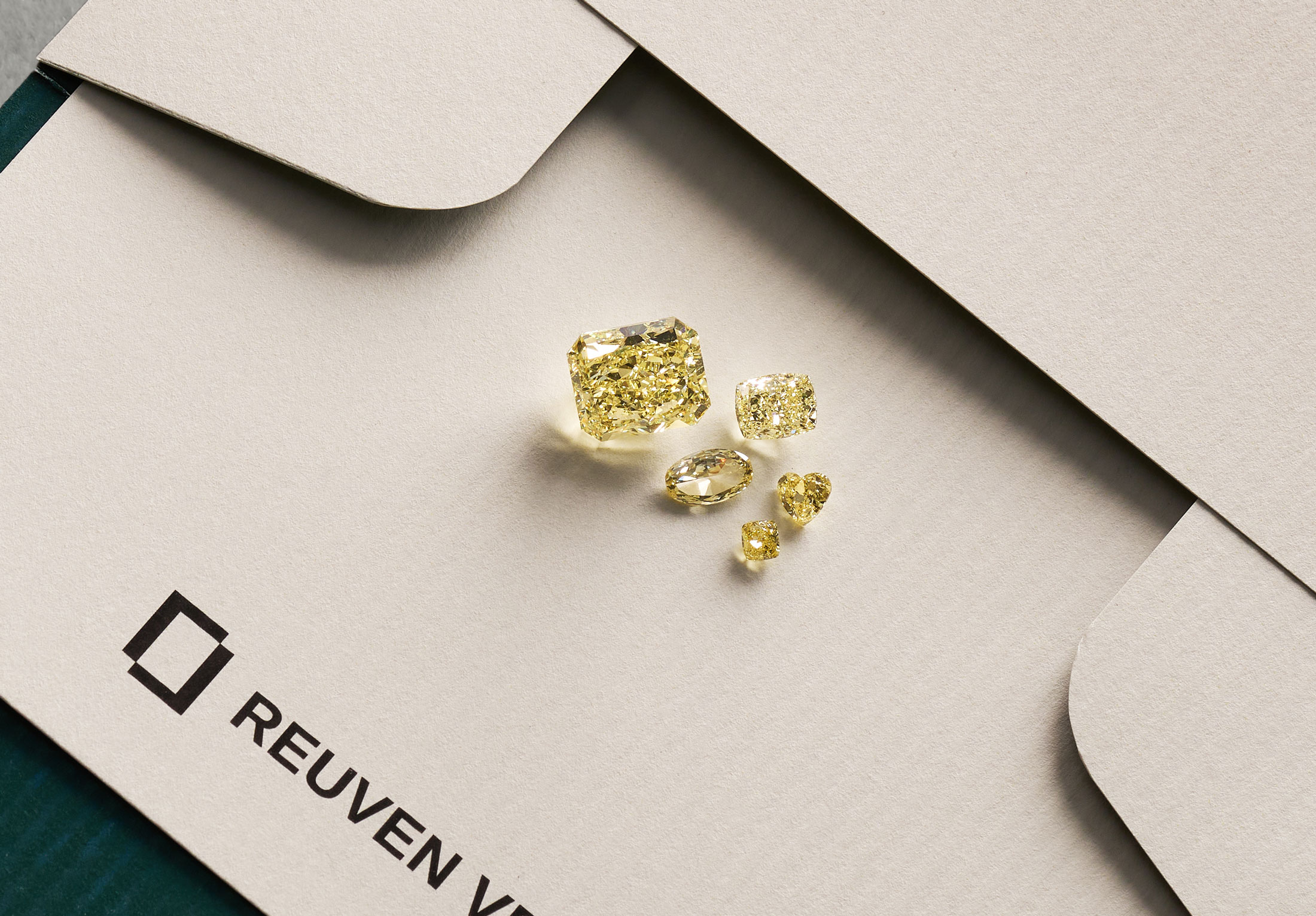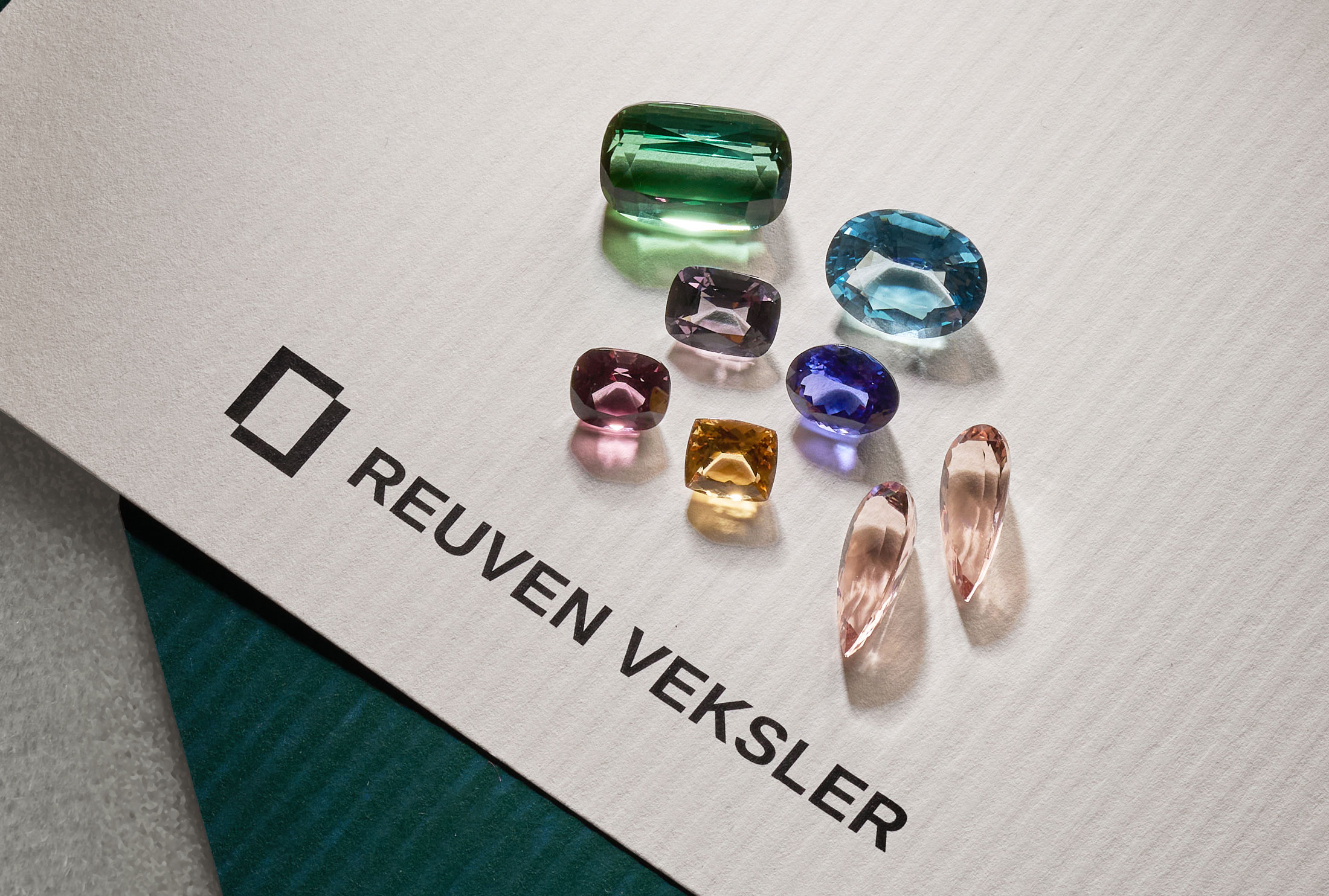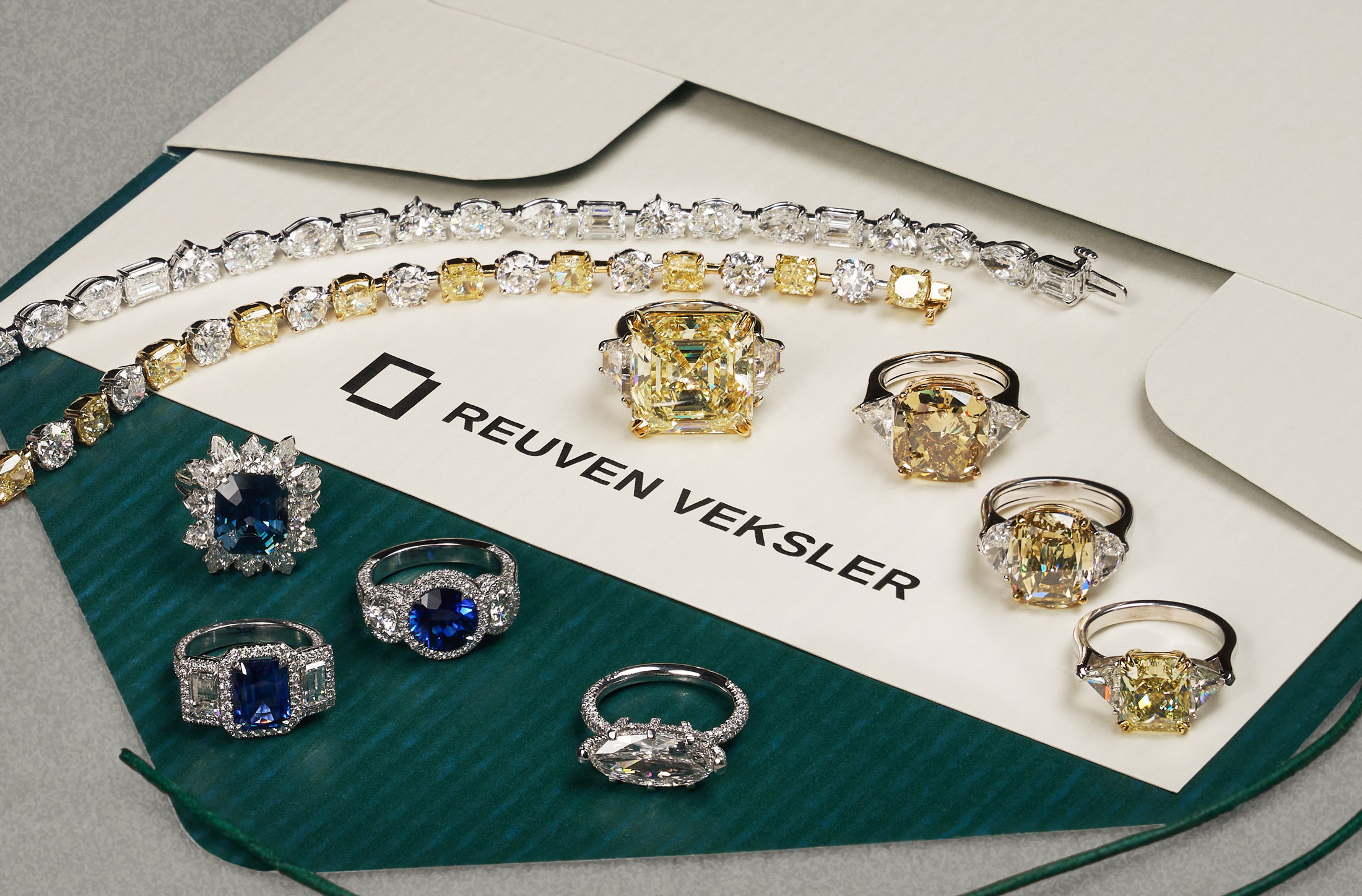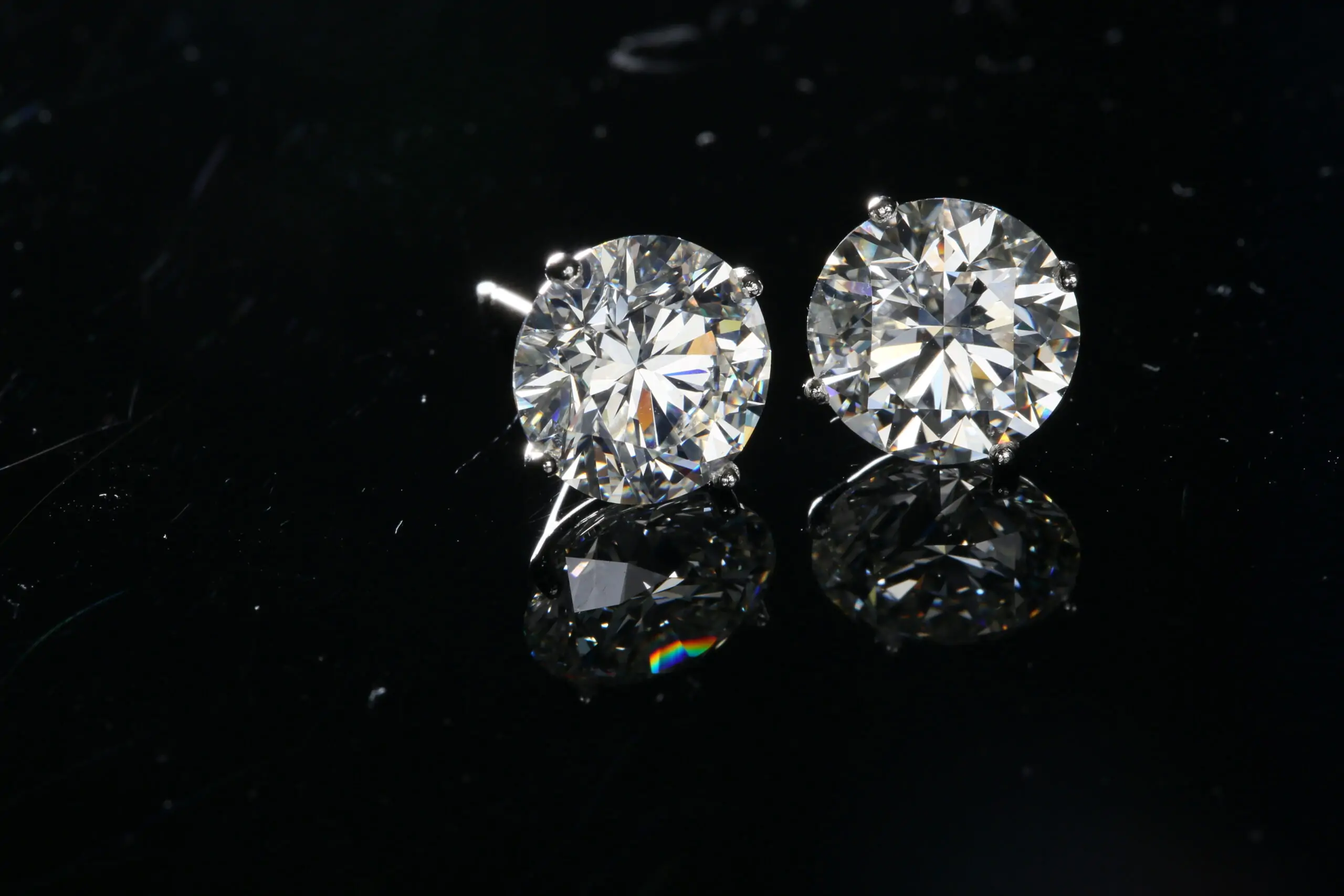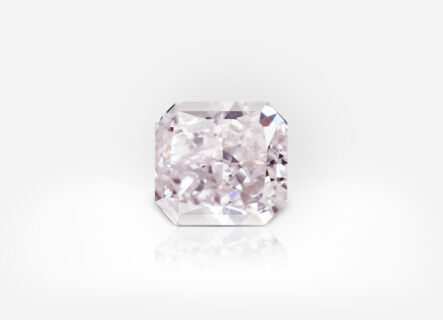You’re considering custom-made diamond stud earrings. Where should you begin? How can you design the finest diamond studs that perfectly suit your preferences and financial constraints?
We regretfully have to let you down a little because it is not as simple as you may believe. Therefore, it is best to familiarize yourself with the fundamentals of gemology if you want to make the best studs. This article will explain to you the primary features of stud earrings, including information on precious materials, mounting kinds, and diamonds and their essential qualities.
Choosing a diamond
A diamond is the primary decision to be made. Which carat weight, color, and shape would you prefer to purchase? How can one tell if a diamond is worth its price and of excellent quality?
To discover the answers to these queries, consult the well-known 4C-* acronym, which conceals Color, Cut, Clarity, and Carat Weight. The primary attributes of diamonds that impact the stone’s worth and cost.
Diamond Color
Diamonds come in a variety of colors, including white, blue, pink, yellow, green, brown, and, very infrequently, red. Due to their extreme rarity and uniqueness, blue and pink diamonds are valued highest. On the market, green diamonds are likewise incredibly uncommon. There is nothing that can be said about brown, orange, or yellow diamonds, respectively. These are now the most popular fancy colored diamonds. Vibrant, reasonably priced, and incredibly upbeat.
However, the most popular choice for earrings are white diamonds, which also have a huge number of shades. Therefore, we will focus a little more on their color shades.
A unique GIA Color Scale is used to identify the tint of a white diamond. The five categories on this scale are colorless (D-F), near colorless (G-J), faint (K-M), very light (N-R), and light (S-Z). The scale comprises 23 color grades (from D to Z).
The scale starts at letter D, which stands for “absolutely colorless,” and goes on to letter Z, which stands for “light yellow or brown,” as the presence of color increases. Consequently, the amount of color in a stone is defined by each letter. A stone is more valuable and costly the less color it contains. Consequently, the more color it has, the less expensive it is.
We have written in detail about each color grade in our previous articles. Read them to understand the features of diamonds’ color a little better.
Diamond Cut
A diamond’s cut is determined by its facets, which let light enter and reflect off of the stone, not by its shape. The ultimate beauty and worth of the stone are directly correlated with obtaining the best cut.
Round one is the shape most diamond jewelry is made of. The following forms are referred to as fancy ones: marquise, pear, oval, cushion, emerald, radiant, hear, triangle, and so on. It is important to consider the unique qualities of each shape while purchasing a stone.
Diamond Clarity
The presence and quantity of inclusions, flaws, and blemishes in the diamond are expressed through clarity. The GIA developed a Diamond Clarity Scale to provide a more exact description of clarity.
The highest clarity grades on the diamond clarity scale are Flawless (FL) and Internally Flawless (IF) stones. Due of their exceptional rarity and uniqueness, these stones are extraordinarily costly.
Then, with VVS1 and VVS2 degrees, comes the VVS (Very, Very Slightly Included) clarity level. VVS diamonds are nearly tough to spot, especially with the naked eye, due to their minuscule flaws.
With VS1 and VS2 degrees, the following level is called Very Slightly Included, or VS. This indicates that even though these diamonds have very few imperfections visible at 10x magnification, they are still considered minor.
The SI (Slightly Included) group follows, which also includes SI1 and SI2 degrees. Here, ten times magnification makes inclusions visible.
Lastly, the I (Included) category, which has degrees in I1, I2, and I3. Under a 10x magnification, these diamonds’ inclusions are visible, which may significantly reduce their transparency and brightness.
Diamond Carat Weight
Determine the precise location where you want to wear your future studs in addition to your budget in order to determine the carat weight you want. Would you like to wear them every day or just on special occasions? Generally speaking, daily wear earrings are selected with a carat weight between 0.5 and 1. Additionally, something bigger and more eye-catching that weighs one carat or more is typically picked for significant occasions. Here, your only constraints are your creativity and, of course, your wallet.
However, in the end, everything is up to you and your personal taste. Maybe in daily life, two-carat diamond stud earrings will look natural on you. There can never be too much shine, after all.
Choosing a setting
After you have decided on the diamond, the second stage comes – time to choose the setting.
Types of settings
As a rule, the setting holds a diamond securely in a place. What is more, it also plays a stylistical role, offering unlimited possibilities for displaying the gem to its best advantage. When it comes to diamond stud earrings, you’ll want to consider which settings offer the maximum sparkle, enhance the size of the stone and provide the best protection.
To get the most sparkle out of diamonds set in studs, put the least amount of metal on the stones. Less metal means more diamond visible to the eye. Thuss, a setting with three or four prongs is a great choice. Prong settings can also visually maximize the size of a diamond.
For smaller diamonds, consider adding a halo of diamond melee. Or encase the diamonds in a white metal setting that will complement their colorlessness.
To maximize the diamond’s security, choose a bezel setting, whereby a thin metal strip is pushed or hammered around the gem to secure it and prevent its fall out. Although the bezel’s metal covers part of the diamond’s surface area, a white metal bezel can make a colorless gem look larger while it holds it in place.
Precious metals for diamond studs
Here are the most popular options of settings metal:
14k Gold: 14k gold is the most popular precious metal option, since it’s the most affordable option but it is still quite strong. 14k gold is also versatile – there are 14k yellow gold, 14k white gold, and 14k rose gold.
18k Gold: 18k gold is a more pure gold option – thus, some consider it more luxurious. Like 14k gold, 18k gold is versatile, as you can choose between 18k yellow gold, 18k white gold, and 18k rose gold.
Platinum: Platinum is a beautiful, highly pure precious metal that is often considered the most premium option. Platinum is also an excellent option for those with metal allergies, since platinum is hypoallergenic and does not contain any nickel.
Conclusion
After going through all the steps above, you will get a final (and detailed) understanding of which earrings you would like to get. Congratulations!
If you find it difficult at any of the stages listed above, feel free to ask for help from professionals.
Subscribe to discover the world of diamonds and gems. If you have any questions, please let us know.


